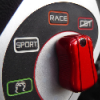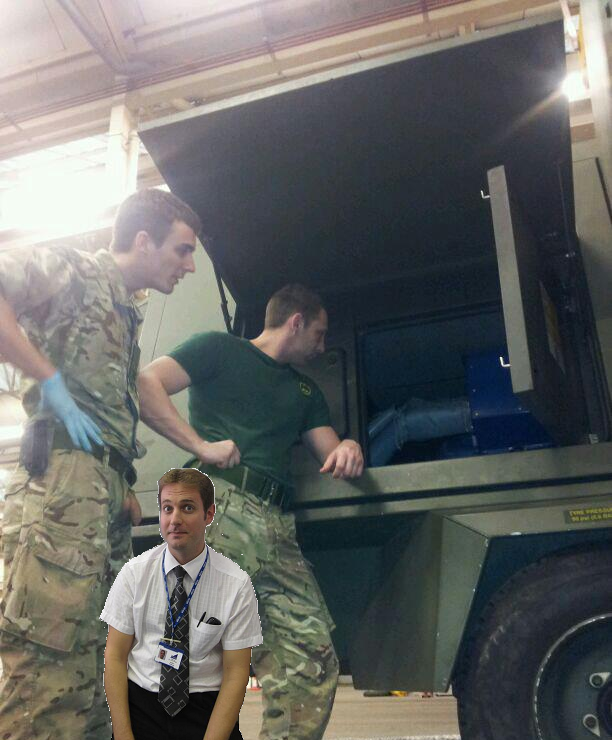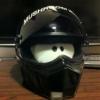to a point, correct...Chris, it is the understeer (or oversteer if considering the rear axle) that causes the excessive heat and premature wear. In this case, the tyre is operating outside of it's optimium slip angle and will very quickly overheat. Using aero to add downforce has 2 advantages; it helps generate higher cornering speeds by adding more downwards force to the tyre and therefore more grip & if adjustable, allows the balance of the car to be adjusted to eradicate or reduce understeer or oversteer within a window of cornering speeds.
Using your analogy of an eraser, imagine it is tyre shaped and rolling forwards. Scrubbing it sideways (maximum slip angle) will wear it out the quickest. Hypothetical example, but with say 20kgs (mass + downforce) on the eraser, rolling it forwards will result in very little wear. When cornering, provided it can be kept within the optimum slip angle, the wear will be minimised. Take off the down force, so you now have 10kgs weight (mass) and roll forwards again, the wear will be the same (as near as dammit to make no difference). Now when cornering at the same speed (or more likely a lower speed now the down force has been removed) the eraser will understeer to the point you exceed the optimum slip angle and generate more heat and wear.
You can of course turn the no down force eraser within the optimum slip angle, but you will be cornering at a much lower speed.
other bit here is that slip angle is not as obvious as you might think.
a tyre will have a 'slip angle' even though it's not actually sliding (as in the contact surface is not moving relative to the road)
what is happening is the rubber is 'walking' across the road, this is more the case with treaded tyres as the 'blocks' of the tyres squirm under load, then as the tyre rotates, it releases them and they spring back, so if you can imagine for example, a tyre with 50 blocks around the circumference and each block moves 1mm under load, and this is going on as the wheel rotates, so you have 1mm x 50 blocks per turn, so 50mm of 'slip' per turn, ~1840mm round the tyre, gives you 2.7% slip angle without the tyre sliding at all... (this is massively over-simplifying it and there's a lot more going on that just this, but you get the idea).
to some extent this still happens with slicks, in that the whole section of 'tread' will deform, this is also some of how the tyres head up (along with the side walls flexing).
so, back to the point, even with a significant slip angle, the tyre is NOT SLIDING as in being dragged across the road, and if it's not sliding, then it's wear rate is vastly less.
Adding more downforce to a tyre (without the associated mass of dead weight) will increase the tyres grip and reduce the tendency to slide.
Lastly, Mass has inertia/momentum, downforce (from Aero) does not.
PS. if people continue to bitch at me, I will not bother answering any more, makes no odds to me, my goal is in the performance of Mikes car this year (compared to last) nothing more, I choose to share stuff with the board, and I will just choose not to if you don't keep a lid on the insults and bitching.
Edited by Scuffers, 27 February 2013 - 01:21 PM.

























